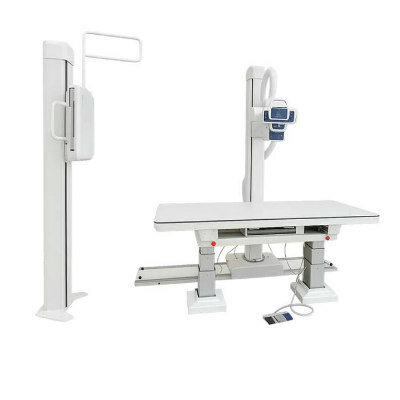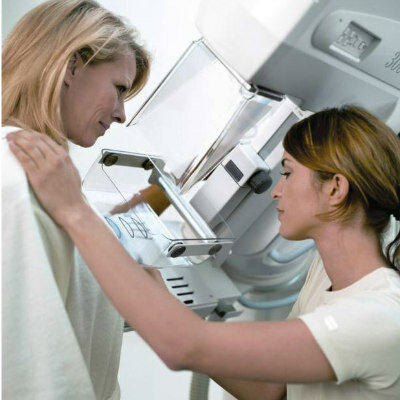Dual-Energy CT Appears Promising for Evaluating the Severity of Gout
By MedImaging International staff writers
Posted on 19 May 2011
The incidence of gout is on the rise and duel-energy computed tomography (CT) imaging has the potential to allow noninvasive diagnosis of the disease, according to Canadian radiologists.Posted on 19 May 2011
Gout is caused by the deposition of monosodium urate (MSU) monohydrate crystals that stimulate acute episodes of inflammation. Chronic tophaceous gout often presents as juxtarticular soft-tissue masses, distinct erosions, overhanging bony margins, and thickening of the synovium. Gout affects more than six million people in the United States alone and "a noninvasive means of diagnosing gout would be highly desirable," said Khalid Khashoggi, MD, from the University of British Columbia (Vancouver, BC, Canada), and Vancouver General Hospital, and one of the authors of the study.
"Dual-energy CT can detect monosodium urate in different tissues in the body, which will have a huge impact on the understanding of gout and will help in detecting subclinical cases and will allow monitoring response to treatment," said Dr. Khashoggi. "The technology will also help in problem solving in atypical cases of gout," he said.
The study's findings were presented in conjunction with the 2011 American Roentgen Ray Society's (ARRS) annual meeting in May 2011, held in Chicago (IL, USA).
Related Links:
University of British Columbia














